Actively support planning work
The Government Office issued Notice No. 342/TB-VPCP on the conclusion of Deputy Prime Minister Tran Hong Ha at the meeting on the implementation of the investment project to build the Lao Cai - Hanoi - Hai Phong railway line.
In the announcement, the Deputy Prime Minister once again affirmed that this is a project of special national importance, a driving force for socio-economic development, and ensuring national security and defense. Therefore, the Deputy Prime Minister requested ministries, branches, and localities to clearly define their responsibilities, promote the spirit of initiative and creativity, and promptly implement assigned tasks; in the immediate future, focus on completing investment preparation procedures, site clearance, and resettlement; select a number of important items (stations, resettlement areas) to organize groundbreaking and launching ceremonies in 2025 as required by the Government.
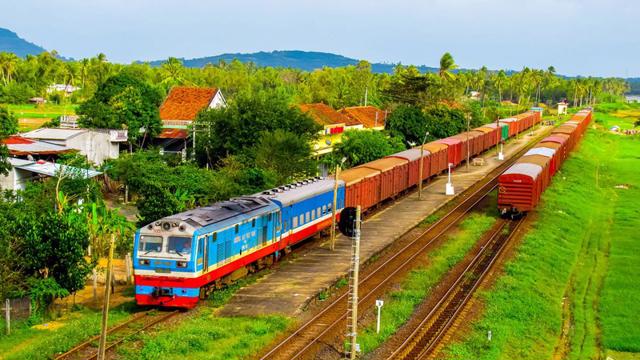
The Deputy Prime Minister also requested the Ministry of Construction to focus on accelerating the progress of project investment preparation, especially in survey work, preparation of the Pre-Feasibility Study Report, and negotiation of the Loan Agreement for the project; continue to work with localities to agree on the scale and route as a basis for implementing the project's site clearance work; proactively support localities in resolving difficulties in planning, site clearance and resettlement for the project.
The Ministry of Agriculture and Environment guides localities in implementing compensation, support, and resettlement; the conversion of forest land and rice land according to regulations and special mechanisms approved by the National Assembly. Localities where the project passes through must promptly complete land inventory, develop compensation and resettlement plans, and approve them according to their authority; proactively allocate local budget capital to implement compensation, support, and resettlement work...
In case the locality has difficulty in capital, urgently send the capital demand to the Ministry of Finance for synthesis and reporting to the Prime Minister. Localities select resettlement areas and stations that can start construction on schedule, send them to the Ministry of Construction for synthesis and reporting to the Prime Minister. The Ministry of Construction synthesizes and reports to the Prime Minister the implementation status, shortcomings, difficulties, obstacles, solutions and the project implementation plan in the coming time; note that it is necessary to clearly report the time and items expected to start construction in 2025.
Implementing the direction of the Government and the Prime Minister, the Ministry of Construction has assigned the Railway Project Management Board (the Investor in the investment project preparation step) to hand over the Project dossier including the Pre-Feasibility Study Report, the boundary dossier of the route and station clearance and the coordinates of the route center according to the Project dossier to 20/20 provinces and cities where the project passes through. This is the basis for preliminary review of the needs and implementation of resettlement areas, serving the project's clearance work. The Railway Project Management Board has also completed the assignment of staff to participate in the Steering Committee for Land Clearance of 20/20 provinces and cities.
Localities have actively implemented and assigned units to take charge of site clearance work in the locality; are establishing a Site Clearance Steering Committee, making implementation plans, reviewing resettlement needs... to ensure the progress of the Project's commencement as directed by the Prime Minister. To ensure the progress of implementation, the Ministry of Construction requests the Hanoi National Assembly Delegation to pay attention to directing local departments, branches and sectors to promptly carry out tasks according to the plan and propagate to people to understand the Party's policies and the State's laws to support the Project in site clearance work.
Maximize investment resources
To facilitate the implementation of railway projects, many regulations related to the industry have been revised by the authorities. Mr. Tran Thien Canh, Director of the Vietnam Railway Authority, said that the 2025 Railway Law clearly demonstrates the viewpoint of innovative thinking in the work of drafting legal documents; only regulating framework issues of principle, under the authority of the National Assembly, and omitting detailed regulations under the authority of the Government, ministers, and ministries.
At the same time, the Law also promotes decentralization and delegation of authority from the Government and the Prime Minister to the Ministry of Construction and from the Ministry of Construction to provincial-level local authorities for implementation. In particular, with the addition of new mechanisms and policies, the Railway Law 2025 has focused on important and breakthrough innovations, creating a legal corridor for railway development.
According to Mr. Canh, the Law has many regulations to mobilize maximum local resources and non-state resources to participate in investing in the construction of the railway system. These include clear regulations on the development and exploitation of land funds and added value from land in the vicinity of national railway stations and urban railways to create additional investment capital for railways. The amount of money exploited from the TOD area land fund, for national railways, localities are allowed to retain 50% and pay 50% to the central budget...
At the same time, the Law also encourages organizations and individuals to participate in investing in railway projects using non-state capital. These investment projects are fully funded by the State for compensation, support, and resettlement. In addition to focusing on infrastructure investment, the 2025 Railway Law also has provisions to promote and encourage the development of the railway industry and the transfer of science and technology.
Regarding the mobilization of investment resources, Director Tran Thien Canh said that the 2025 Railway Law has specific regulations on investment in railway projects using non-state capital (Article 24). In particular, organizations and enterprises are encouraged to participate in investing in railway projects under the public-private partnership method or direct investment.
These projects are guaranteed by the State for compensation and resettlement support, and this funding is not included in the State capital ratio participating in the project when implemented under the PPP method. The Law also stipulates the selection of investors, binding conditions, and control of project transfers to ensure strict management and avoid loss of assets.
In addition, organizations and individuals participating in railway business activities are entitled to incentives and support such as: Exemption and reduction of land use fees and land rent; Loans from State investment credit when investing in the development of national and local railway infrastructure, purchasing railway vehicles, machinery and equipment for railway infrastructure maintenance; and developing the railway industry.
Vietnam Railway Authority said that in order to promptly implement the Railway Law 2025, the Government has directed the Ministry of Construction and the Ministry of Science and Technology to develop 3 Decrees and 2 Decisions of the Prime Minister to implement the provisions of the Law, which will take effect from July 1, 2025. At the same time, the Ministry of Construction directed the agencies and units under the Ministry to advise competent authorities to issue a Decree detailing a number of articles and measures to organize and guide the implementation of the Railway Law; 3 Circulars guiding the implementation, to ensure that it takes effect at the same time as the Law, which takes effect from January 1, 2026.
According to Resolution 187/2025/QH15 of the National Assembly, the Lao Cai - Hanoi - Hai Phong railway project, about 419km long, starts at the cross-border rail connection point (Lao Cai province), ends at Lach Huyen station (Hai Phong city) with a total capital of VND 203,231 billion (equivalent to USD 8.37 billion), starts construction in December 2025 and strives to be completed by 2030 at the latest.
The North-South high-speed railway project has a length of 1,541km, a design speed of 350km/h; the starting point is Ngoc Hoi station (Hanoi), the ending point is Thu Thiem station (Ho Chi Minh City). The project is expected to start construction before December 31, 2026 and basically be completed in 2035. According to the pre-feasibility report, the total length of the North-South high-speed railway in Hanoi is about 27.9km. The route from Ngoc Hoi station basically follows the planned corridor, to the end of Phu Xuyen, the route splits to the East to avoid Dong Van industrial park (new Ninh Binh province).
Source: https://cand.com.vn/Giao-thong/rong-mo-co-hoi-de-linh-vuc-duong-sat-phat-trien-dot-pha-i773693/




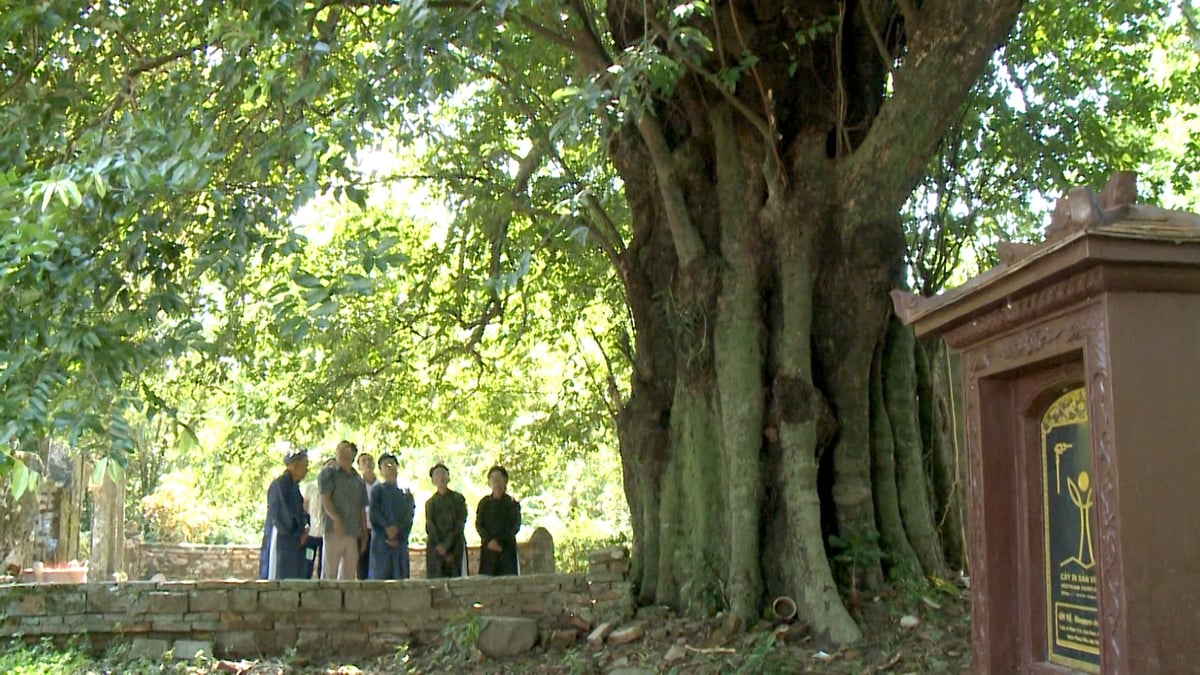







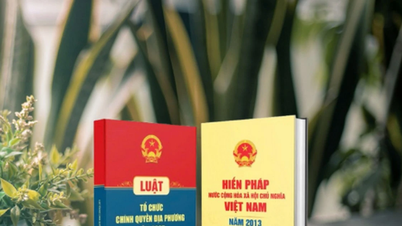













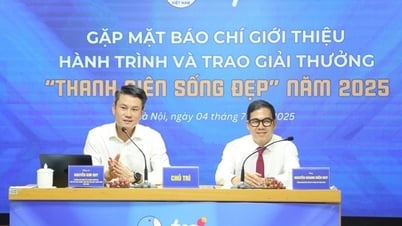

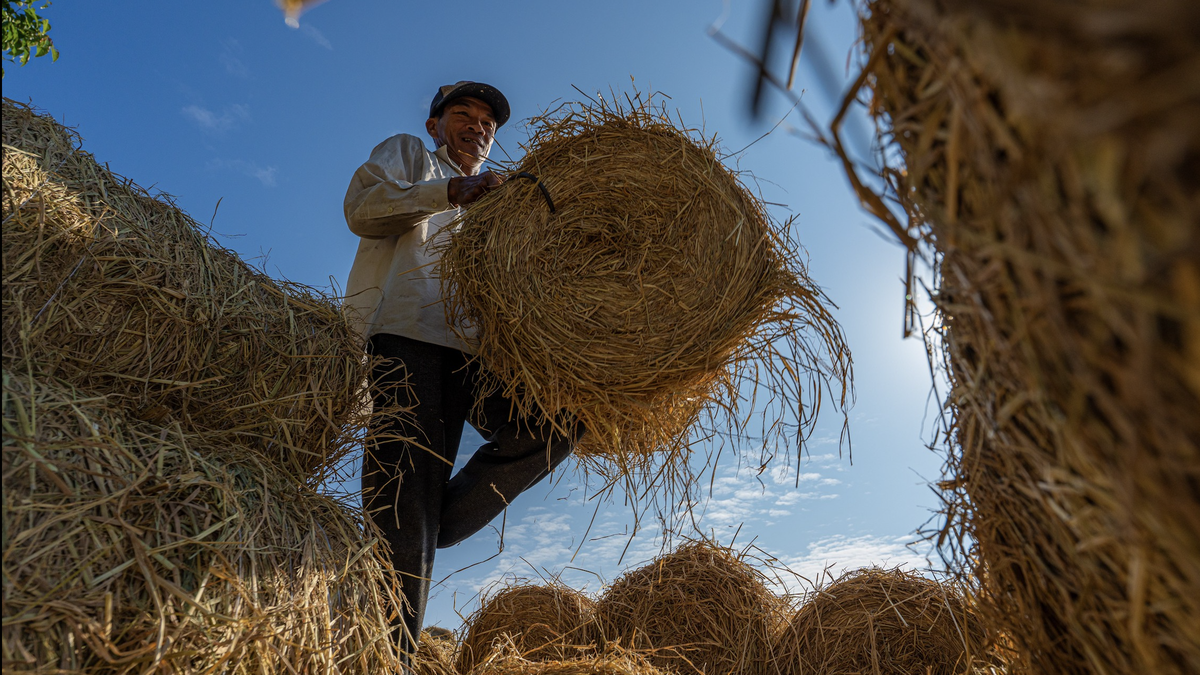


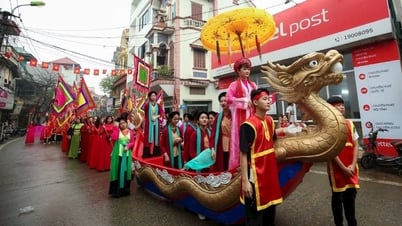

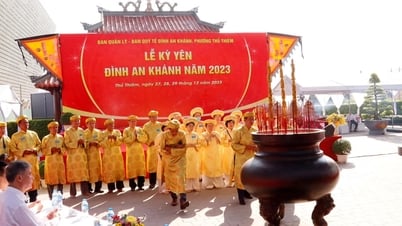

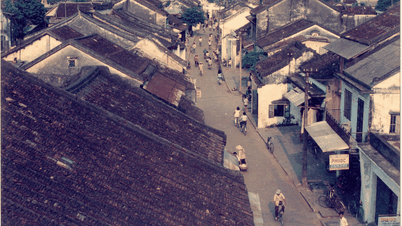



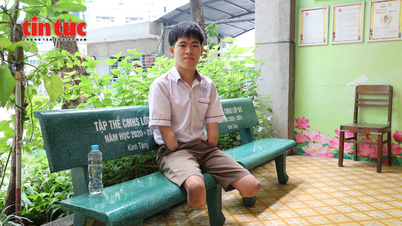






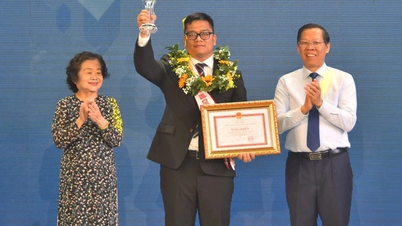




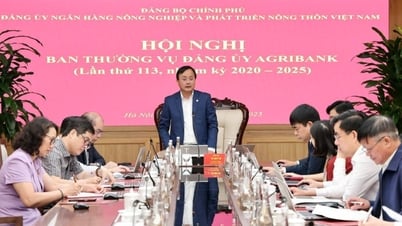
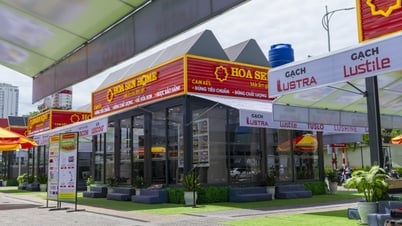




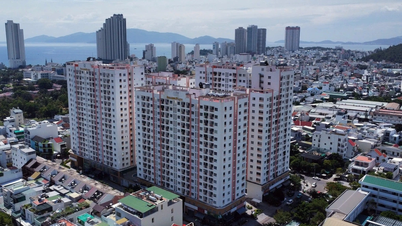

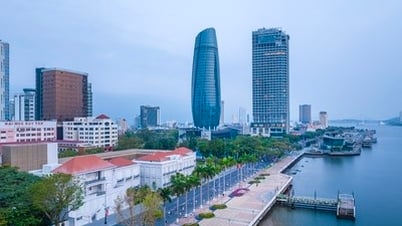

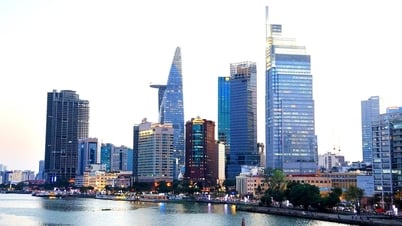

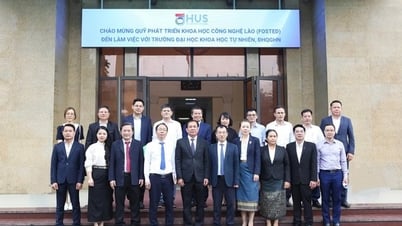






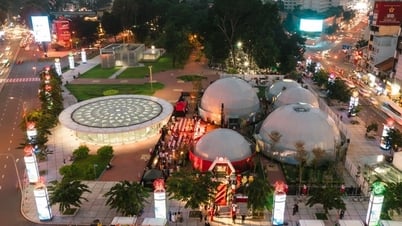











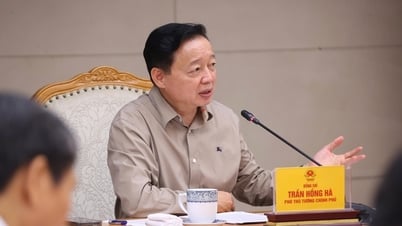
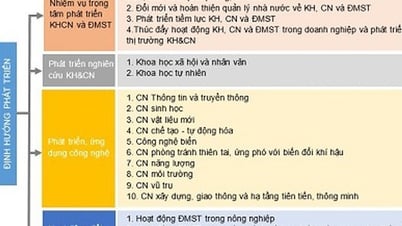

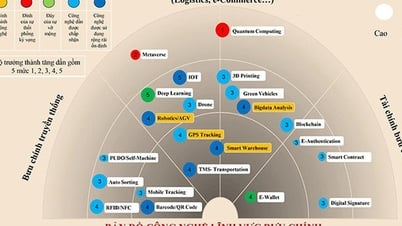
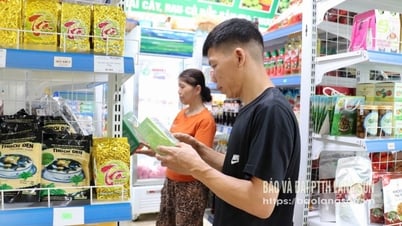


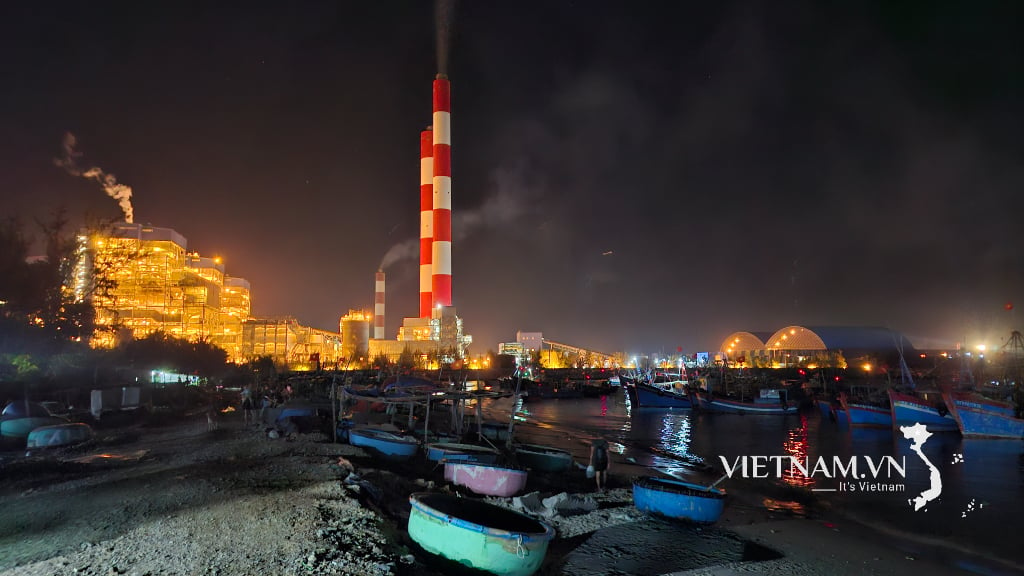
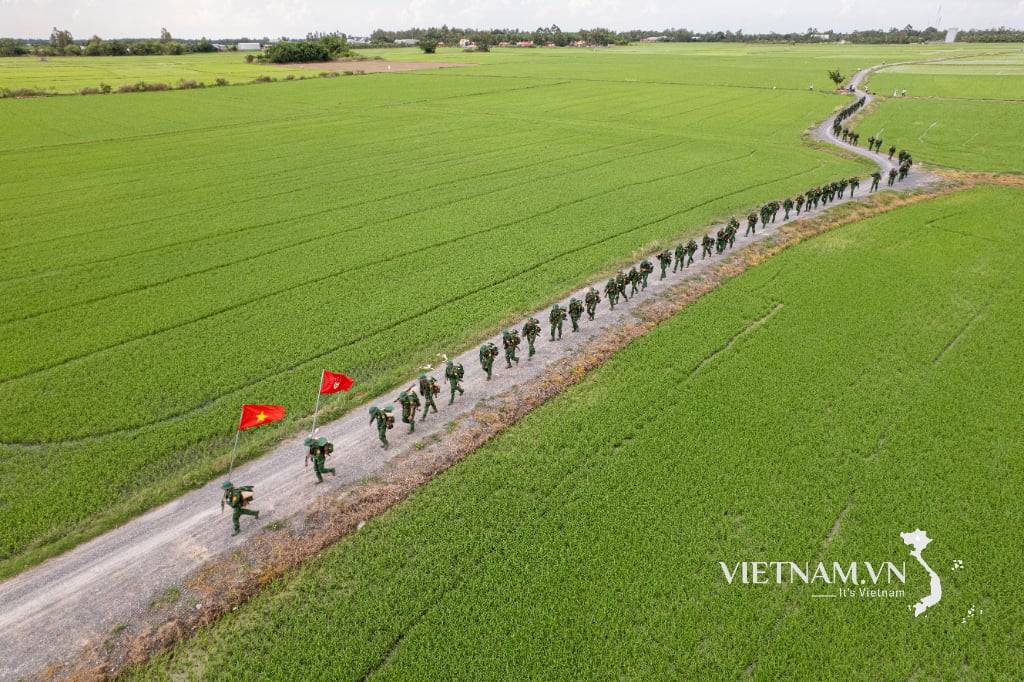


Comment (0)